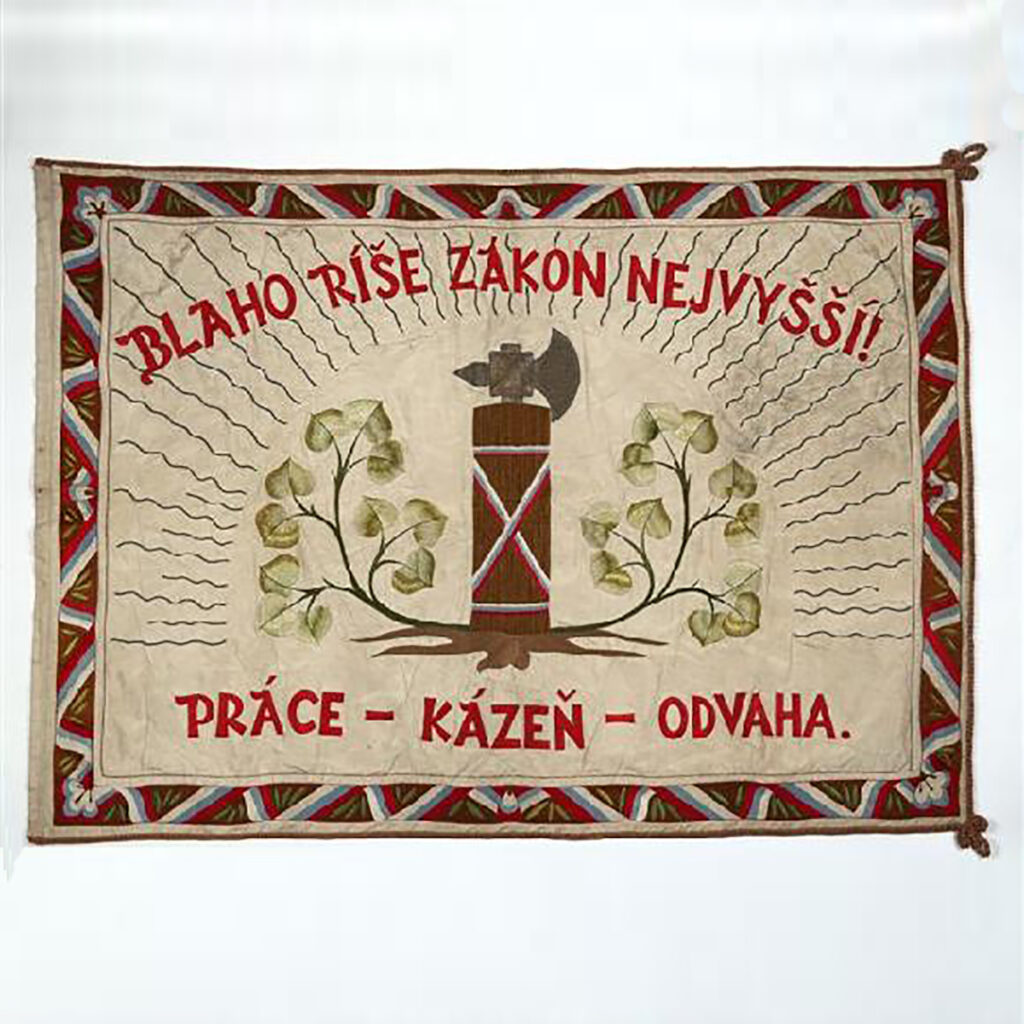
11 National Fascist Community Flag, 1939
Fotogalerie
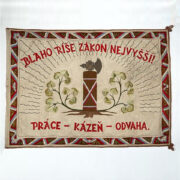
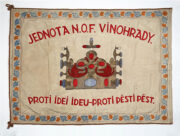
The interwar crisis in Europe led to the birth of fascist ideology and movements inspired by it. Czechoslovakia was no exception. The most prominent domestic representative of a fascist organisation was the National Fascist Community (NOF), established in 1926 by Radola Gajda, a hero of the Czechoslovak Legions in Russia, after his departure from the army.
The NOF was particularly active in the 1930s, attempting to promote its own domestic version of Italian fascism. Its ideology included opposing German expansionism, antisemitism, and demands for a corporatist state and economy. The history of the NOF is inseparably linked with several attempted armed coups, the most famous probably being the “Židenice Coup” of 1933, where a small group of fascists attempted to seize the Židenice barracks as a base for a coup in Czechoslovakia.
Due to its anti-German stance, the NOF rejected the Munich Agreement and called for the defence of the country’s borders. With the establishment of the Second Republic, the NOF, still under Gajda’s leadership, merged with other radical nationalist parties such as Vlajka and the National Revival Action (ANO) to form the Czech National Committee. In the spring of 1939, Gajda and the Czech National Committee initially tried to present themselves to the occupying German forces as representatives of the Czech state, but President Hácha soon intervened, and the CNC was integrated into the National Partnership.
Aktuálně

Prosinec 1944 – oficiální vydání prvních poštovních známek osvobozeného Československa
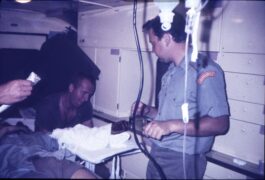
Českoslovenští zdravotníci ve válce v Zálivu
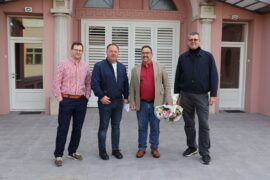
Výzkum u českých krajanů v Chorvatsku
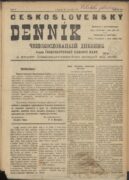
Československý deník sehrál v životě legionářů v Rusku velmi důležitou roli. Poprvé vyšel v prosinci 1917








